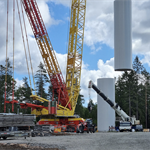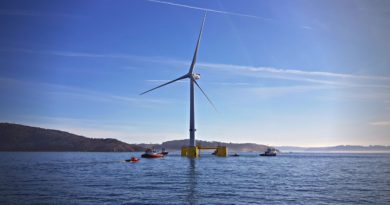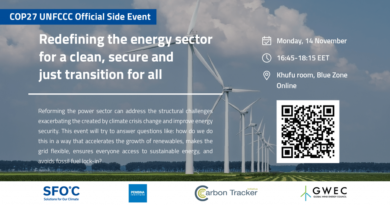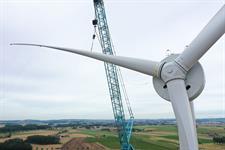‘Vestas climate targets consistent with 1.5C Paris pledge’ – independent scientists
Energy Disrupter
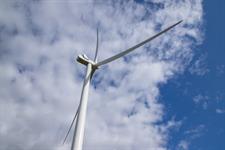
Independent scientists have verified that Vestas’ climate targets are consistent with the most ambitoius goal of the Paris Climate Agreement, making the Danish OEM the first renewable energy manufacturer to receive this stamp of approval.
The turbine manufacturer earlier this year committed to reaching carbon neutrality by 2030 – without the use of offsets.
It also aims to reduce its global carbon footprint by 55% by 2025, before eliminating its CO2 emissions by 2030 — later than two of the OEM’s rivals.
These goals align with greenhouse gas levels consistent with keeping global warming to 1.5C above pre-industrial levels – the most ambitious goal of the Paris Agreement – according to the Science Based Targets Initiative1 SBTi validation process.
SBTi is a collaboration between CDP, the United Nations Global Compact, World Resources Institute (WRI) and the World Wide Fund for Nature (WWF).
Vestas is the first renewable energy manufacturer to have its targets validated by the SBTi as being consistent with a 1.5°C scenario. Other energy companies have had their target verified in line with the 1.5°C scenario, while other comparable manufacturers are yet to be verified.
Siemens Gamesa Renewable Energy (SGRE) and GE Renewable Energy aim to reach carbon neutrality by 2025 and the end of 2020 respectively, but their targets have not yet been verified as being consistent with the 1.5°C path by the SBTi. SGRE reached its goal in April 2020.
Lisa Ekstrand, head of sustainability at Vestas, said: “Securing the verification from SBTi is hugely encouraging because it confirms that we have adopted the right approach.
“The approval process ran smoothly, but of course with such ambitious targets now established, the real challenge is ahead of us.
“Transitioning an organisation to a carbon neutral path is a huge undertaking, particularly at this scale. Eliminating emissions from direct operations is also just the start, we also need to consider our supply chain network.“
The Danish manufacturer is also targeting a reduction in emissions from its supply network (scope 3 emissions) by 45% per MWh generated by 2030 has also been validated.
Vestas says it wants to make sure direct operations closely aligned with the 1.5°C scenario so it remain sustainable as it ramps up within the energy sector’s supply chain.
Company cars are gradually being replaced across Vestas with almost 100 green service vehicles.
To support a 45% reduction in greenhouse gas emissions within its own supply chain, the Danish manufacturer is working with suppliers, such as DSV, to improve emission reductions within turbine manufacturing and transportation, Vestas claimed.
Cynthia Cummis, a director at the World Resources Institute, one of the Science Based Targets initiative partners, said: “By setting targets that are grounded in climate science, Vestas is positioning themselves as leaders in their sector and setting themselves up for success in the transition to a net-zero economy.”
The Carbon Disclosure Project (CDP) found that company supply chains produce on average five times more emissions than direct operations.
The research also found that increasing the proportion of renewable energy within supply chains is an effective pathway to address emissions.



